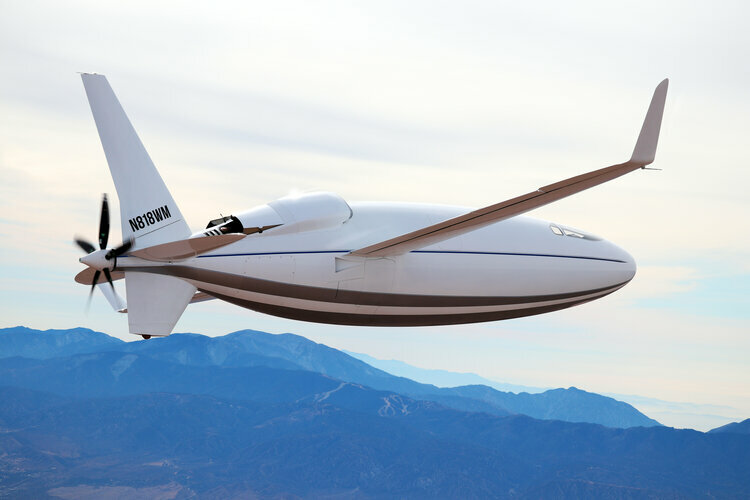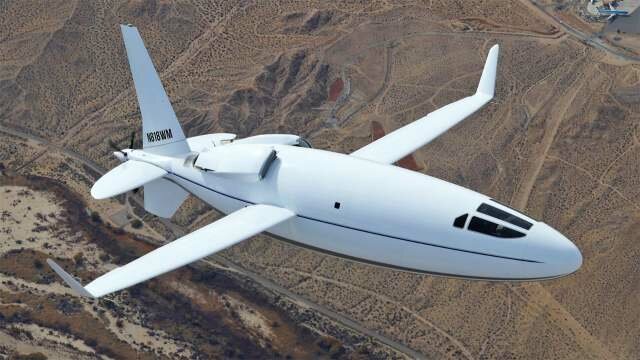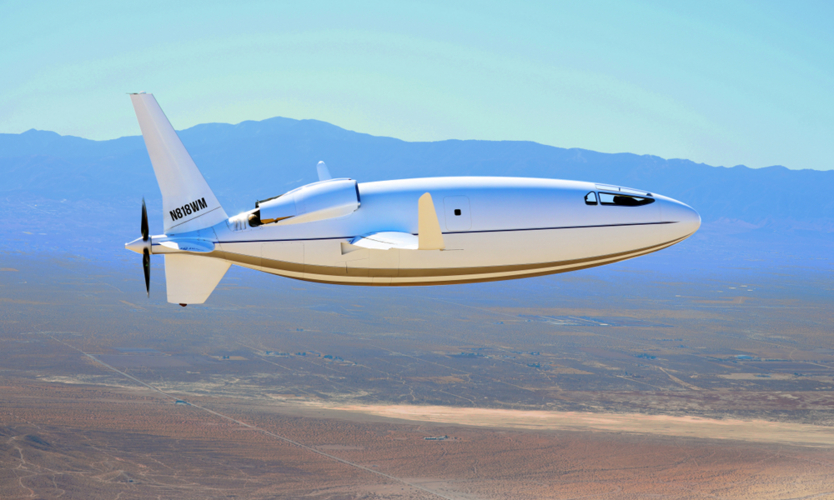Hi Martin,
My apologies then, I might have read too much into this comment:
I thought that implied that in its original niche, it was exclusive, i. e. without competition.
Regards,
Henning (HoHun)
Actually, the thought that anyone might want to compete with that design (for what?) hadn't even crossed my mind.
My apologies then, I might have read too much into this comment:
Why, welcome to the non exclusive Business Jet club then, Johnny come lately!
I thought that implied that in its original niche, it was exclusive, i. e. without competition.
Regards,
Henning (HoHun)



